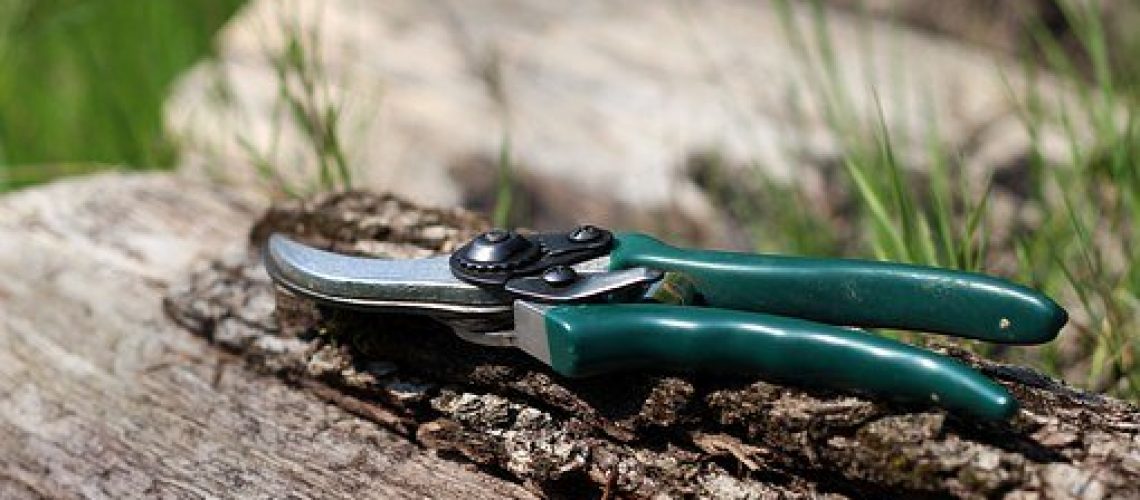Why prune?
Pruning removes dying, dead, or diseased branches and growth, returning energy to the plant. Instead of keeping the old growth alive, the plant can redirect its energy toward new healthy growth. In some cases, pruning buds can also allow for the remaining buds to develop into larger fruits, rather than trying to support the growth of many more smaller fruits. If terminal ends of branches are removed, it results in a bushier looking plant rather than a long sparse one. Some gardeners prune drastically in order to shape a bush or tree. I tend not to interfere with the plant’s development for that reason since it may damage the plant or unnecessarily introduce disease. When you prune, you want to be careful not to shock the plant by cutting off too much of the healthy parts. When pruning is done correctly, it can also result in improved sugar distribution and therefore increased fruit yield in your garden.
When should you prune?
For plants and trees that bloom in spring, prune when the flowers start to die. If plants flower in mid- to late summer, pruning should occur in winter. Generally, you do not want to prune when the plant is actively flowering or fruiting; it is best to prune right before growth begins.
How do you prune?
When you make cuts, do it with clean disinfected sharp shears. You want one clean cut rather than multiple cuts, twists, or tugs. Clean, sharp cuts decrease the possibility of introducing disease from the shears to the new opening of your plant. For heading cuts, prune a quarter inch above the bud, angling down and away from it. Do not cut too close or steep as that may kill the bud. If you prune above a node with more than one bud, remove the buds facing inward.
Why deadhead?
Deadheading removes flowers from the top of plants to prevent it from flowering and setting seed. This will encourage more leaf growth.
How do you deadhead?
For removing flowers, make one clean cut a quarter inch above the node right below the flower. If you grow a plant for leaves (such as basil), you want to deadhead as soon as you see flowering tips. It is usually also acceptable to pinch off the tips.


